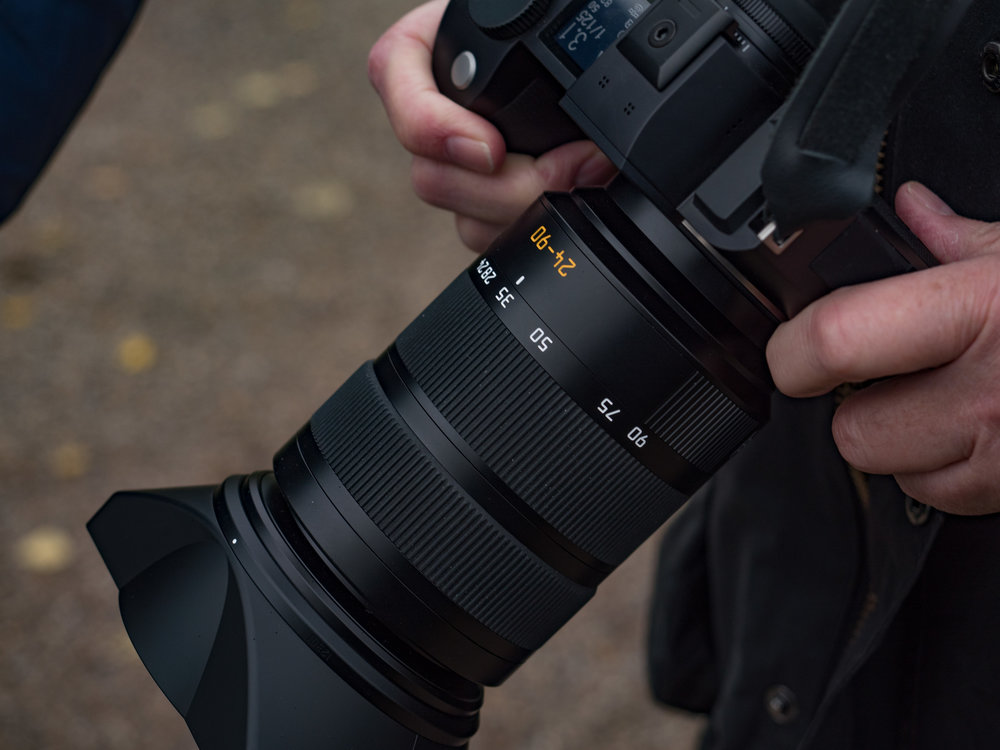
Back in December I wrote what was intended to be useful article on the choice between mirrorless system cameras in the three popular sensor sizes — micro four-thirds, APS-C and 35mm “full frame”. I was taken to task by reader Douglas Pinder:
“Interesting opinion-filled work. Appreciated the perspective but as both an engineer and professional photographer find the spattering of physics type inserts to be suspect. Shallow depth of field universally accepted, tack sharpness goes to MFT. Low light hands down full frame. But for most of us who are we balance portability, shots that don’t don’t require night vision goggles, with plenty of choices of glass. I am one that did successfully move from full-frame small body and large lenses (Sony) to the GH4 and haven’t looked back. I have shot commercial work in NYC and my work has appeared in Vanity, Vogue and Cosmo and the results have been amazing.
“It’s about the glass, light and composition. This story simply rants on about the same old issue. Bigger sensors are better and if you don’t use one you are compromising. Just not true. If we want to solve for this then shoot medium format. I would argue (with the same physics logic that if you’re shooting full–frame you’re shooting on a cropped sensor).”
He finishes: “Good articles on MFT testing abound. They set a baseline, report results and keep bias to a minimum. This is an opinion. Well written at that but it has no basis of fact whatsoever.” I stand suitably chastised.
He has a point, though. If a smaller sensor gives you everything you want and you are not looking to make bus-side prints or searching for the very slimmest depth of field, then I can’t argue with his view. But it doesn’t stop us looking for the biggest bang for our buck. And as for opinion, well, I think that’s why people read sites such as Macfilos. Opinion is just that. It shouldn’t be mistaken for fact. I am never knowingly undersold on opinion.
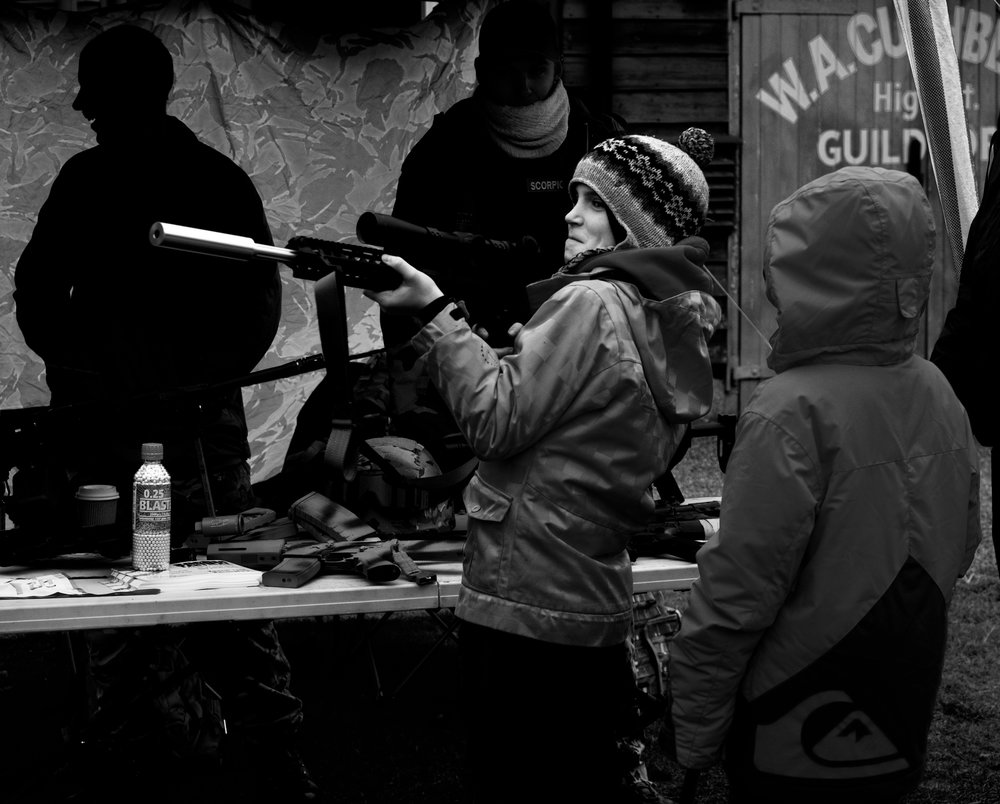
Fact 1: Weight
So where to we go from here. Quite apart from relative performance, there are some very important considerations in choosing a camera system — and not least among them are price and weight. I’ve looked at a range of mirrorless system cameras (body only) that are on my radar. It isn’t intended to be a comprehensive list, but acts as an illustration of the differences in body weight between the various sensor sizes. The surprising fact is that some m4/3 cameras are nearly as heavy as some full-frame bodies — it by no means a linear progression from sensor size to sensor size.
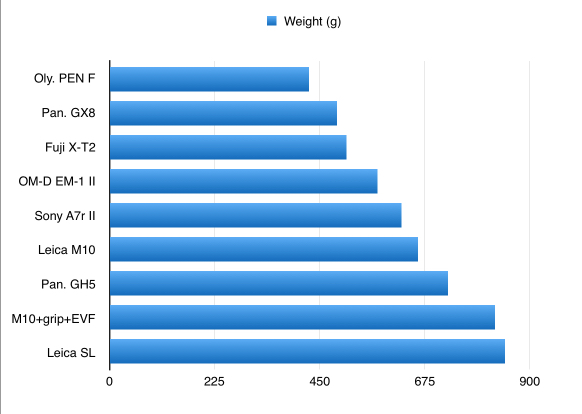
The small Olympus PEN-F is not surprisingly the lightest of the bunch, with the GX8 coming a close second. But the latest OM-D E-M1 is heavier than the larger-sensored Fuji X-T2 and nearly as weighty as the full-frame A7r II. The new pro Panasonic GH5 is a bit of monster, heavier than the brass-bound Leica M10 and much heavier than the full-frame Sony A7r II. In the full-frame sector it’s worth noting that the Sony and M10 are no longer dramatically different in weight since the Sony beefed up a bit. But the Leica SL is heaviest of the lot, although 130g lighter than Nikon’s D810 equivalent if we move into the DSLR sector. Surprisingly, though, if you bring the M10 up to the handling capabilities of the SL, by adding a grip and the EVF, there’s not a lot in it between the two Leicas.
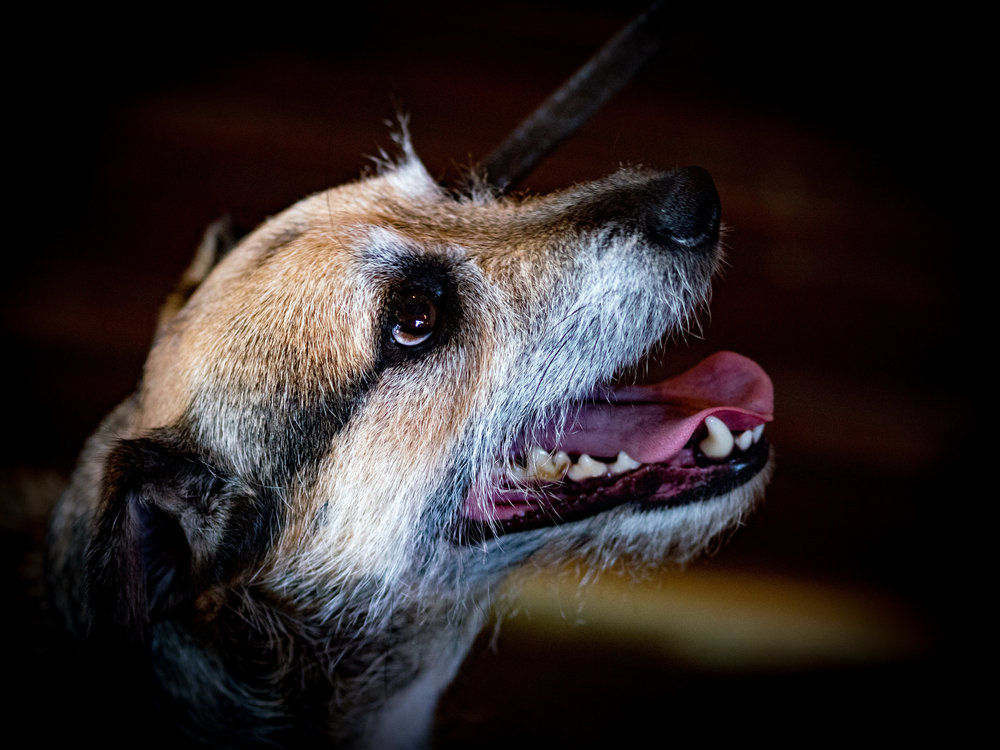
The important thing to remember about weight, however, is your total system weight and not just the body as illustrated above. Checking out the bodies is a good start but, in general terms, the bigger the sensor the bigger and heavier the lenses. You have to compare like with like, though. Within most systems there are relatively lightweight consumer lenses, containing more plastic than metal and, in some cases, even making do with plastic lens mounts. Yet here we are looking at so-called pro lenses built to a higher standard and, in many cases, featuring weatherproofing.
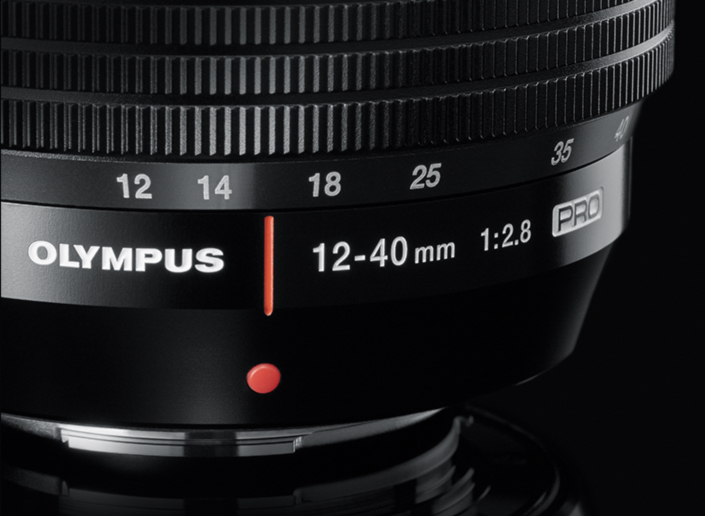
A random example is the comparison between the Olympus M.Zuiko 12-40 f/2.8 zoom and the Leica 24-90 Vario-Emarit-SL f/2.8-4.0. Both set out to cover the same ground, more or less.
The Olympus lens covers 24-80mm while the Vario-Elmarit extends to 90mm. But both are general-purpose wide-to-medium-tele standard zooms and both are capable of outstanding results.
The Olympus weighs 382g and costs £680. The SL lens, right at the other end of the spectrum, weighs 1,140g and will set you back £3,600. Both, in their own way are excellent lenses, but there is a vast gulf between what you pay and what you have to carry around.
Fact 2: Price
Price is a big factor — perhaps the biggest factor — for anyone contemplating a new system. Here there are also some surprises. While your cheapest system here is going to be micro four-thirds, there is some intricate dancing between prices and sensor sizes as you count your pennies and add the lenses.
Without a doubt the Panasonic GX8 is a massive bargain at its current street price of £599. A friend of mine bought one in the Black Friday sale late last year and got £100 off that price. The GX8, which is a solidly made and very capable camera, was a steal at £499.
The PEN-F, which still costs nearly £900, is not as solidly built in my opinion. The flimsy plastic battery/SD card hatch, for instance, is a disgrace at this price. But it’s a cute little camera and I like it, especially with a small lens such as the Oly 17mm or the Leica DG 15mm.
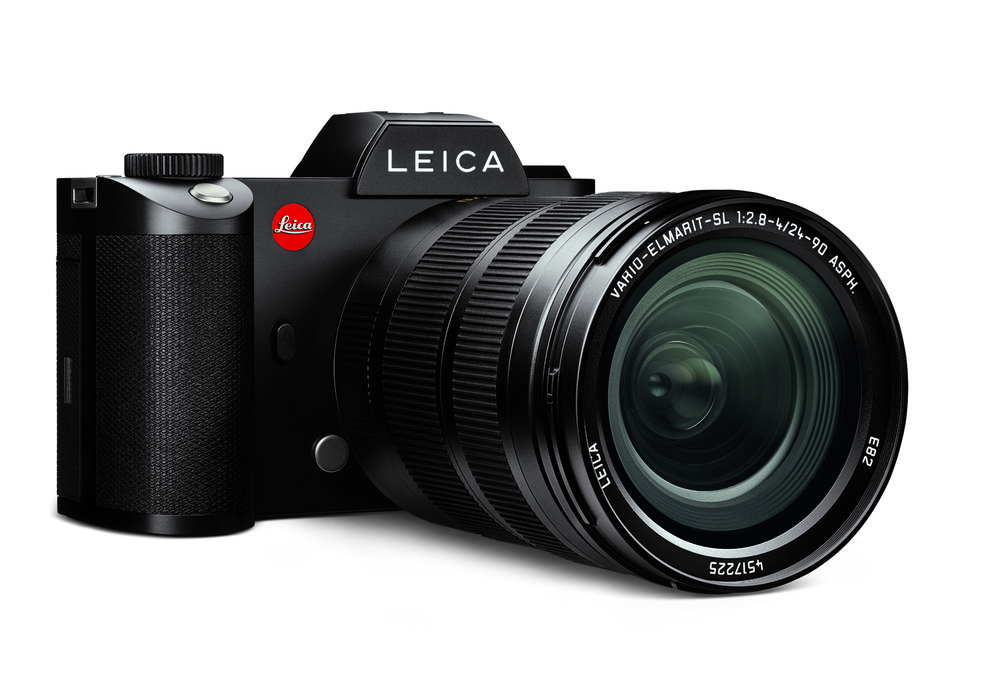
At the other end of the m4/3 scale though, the new OM-D E-M1 Mk II is expensive at £1,849. That’s more than the cost of the APS-C-sensor Fuji X-T2 or the new Panasonic GH5 which, some would say, is a better camera that the Olympus (I am keeping my powder dry lest I upset any more readers). If you must have full-frame pro shooter, a Nikon D810 at £2,230 (not shown on this chart) is one of the most economical cameras you can buy, although it is a DSLR and out of the scope of this comparison. Nevertheless, it is some £700 cheaper than Sony’s A7r Mk.II.
The OM-D E-M1 Mk II is the new kid on the block and has had rave reviews. I don’t doubt for one minute that it is a better all-round camera than the Panasonic GX8, now showing its age and nearing a GX9 upgrade. But, despite this, I don’t see three times the value in the Olympus.
The Leica SL, surprisingly, works out cheaper than the M10 — especially so if you load the M10 with the optional grip and Visoflex electronic finder. Unless you really must have the traditional optical rangefinder, the SL is one of the most solid, enjoyable and capable full-frame mirrorless cameras you can buy. If you have the cash and the muscles, you couldn’t wish for a better outfit.
Whole-life cost
A last word on price: Consider whole-life cost. Many people scoff at Leica, for instance, and say that the cameras are overpriced. But when you look at whole-life cost you see a different picture. There is absolutely no doubt (fact, not opinion, Douglas) that Leica cameras hold their value better than other makes. I can go out tomorrow and buy a five-year-old Leica M9 or a four-year-old Monochrome. Both will cost me 50 percent of the original list price.
Even after ten years there will be value left in them (in the case of film Leicas, make that 80 years). This is not the case with some other cameras. Take Sony, for instance. There is such a rapid model turn-round, seemingly a new variation every few months, that second-hand prices are suspect. And Sonys aren’t as easy to sell as Leicas, as evidenced by our contributor John Shingleton in Australia who has been trying to unload his A7 for over a year without success. I offer no explanation for this. But I’ve never had the slightest problem selling a Leica and I’ve always had a good return.
Cameras are no different to cars. Consider depreciation, look at the whole-life cost before you make a decision.
Whole system cost
Then there’s the question of whole-system cost. I’ve been having this discussion with another reader, John Batten, over the past week. He’s a Leica SL owner but has recently regained his interest in wild-life photography and is seeking a longer lens, up to 600mm. Leica don’t offer such a beast at the moment, but there are options in other systems and John has been doing some calculations.
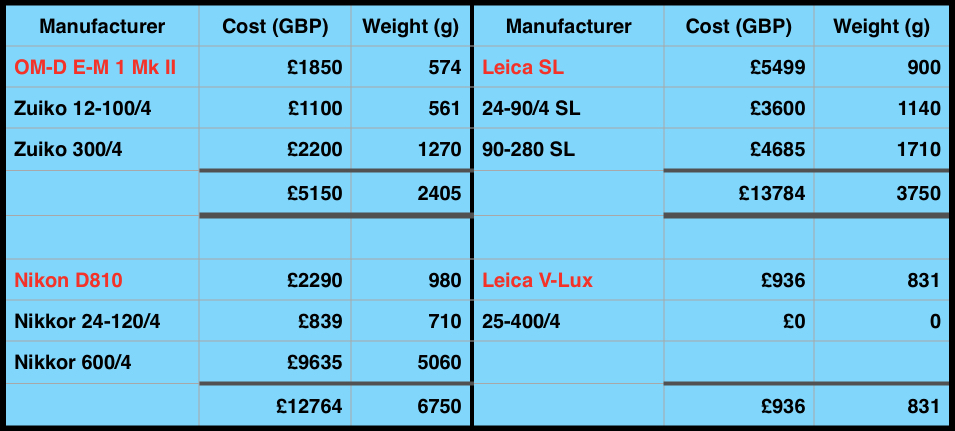
The results are interesting. He has produced this comparison between three systems based on three different sensor sizes. It’s very much a personal view and the chosen lenses reflect this. Included are two full-frame options, Leica and Nikon, a m4/3 system based on the new Olympus OM-D EM-2 Mk II and, for good measure and rather tongue in cheek, a superzoom bridge camera with a one-inch sensor. Neither John nor I are suggesting that these four systems are directly comparable in terms of results, but the costs and weights make some interesting reading.
Now this isn’t intended to be a comprehensive list, of course, merely a taster of what is available. Indeed, the lenses aren’t directly comparable, merely what John thinks he would want (or can get) from each system.
When you are looking at a particular camera body you need to consider the whole system, including the weight and cost of lenses. Also, as John points out, the Leica SL lens range is very limited and there is no 600mm equivalent to match the Nikkor 600mm f/4 or the M.Zuiko 300mm f/4. Many, including me, will not be looking for such a range. I’m happy, in general terms, to work up to the traditional 135mm maximum focal length. It suits my type of photography.
For a suitable full-frame system, then, John is looking at an outlay of just over £5,000 with Olympus and has a relatively lightweight system bag at under 2.5Kg. Go for the full-frame system, on the other hand, and he will spend near £13,000 for the Nikon and he’ll need a bag with wheels to trundle that 6.75Kb load.
As a result, he’s veering towards an Olympus set-up. He realises, of course, that he is not comparing like with like. The Nikon or the SL will out-resolve the OM (more opinion for Douglas to pick at) and the full-frame 600mm Nikkor lens will offer a much narrower depth of field, hence greater subject isolation, at its maximum f/4 aperture, than the 300mm Olympus. This, I suggest, is fact and not opinion.
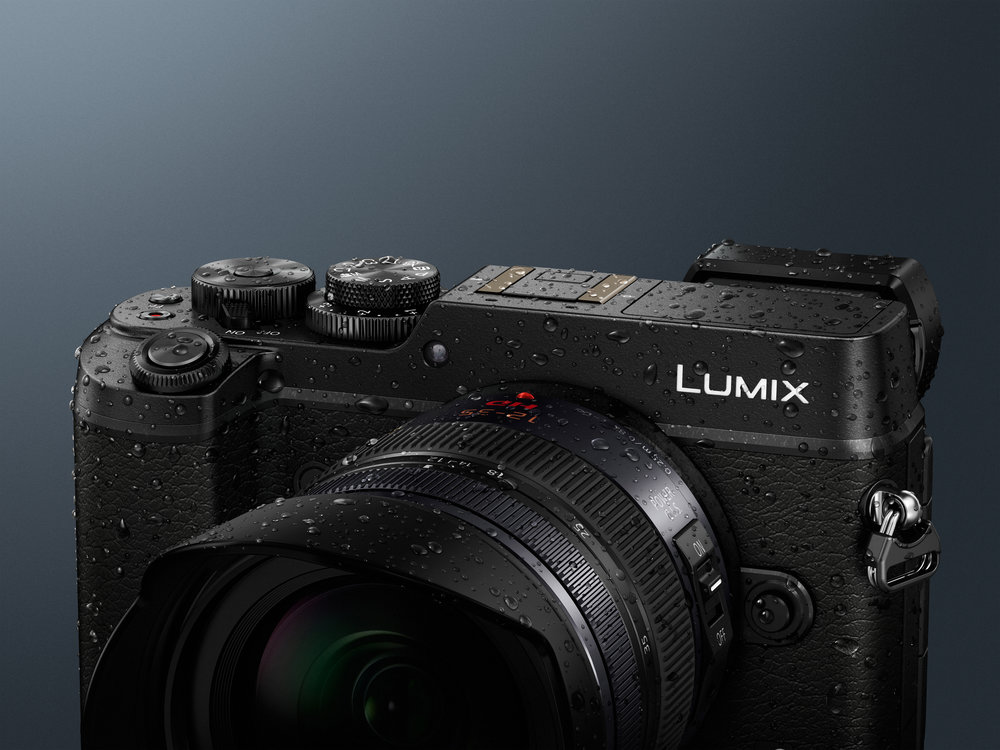
Bridge option
In from left field, however, comes the 830-gram bridge camera from Leica, the V-Lux. It doesn’t offer a 600mm reach but it does give a respectable 25-400 range at between f/2.8 (wide) and f/4 (tele). There should be no real comparison here, but the V-Lux does perform much better than you would expect for a camera with a small one-inch sensor. It is also convenient as a one-stop, do-all piece of equipment. It’s also the cheapest option here at £936.
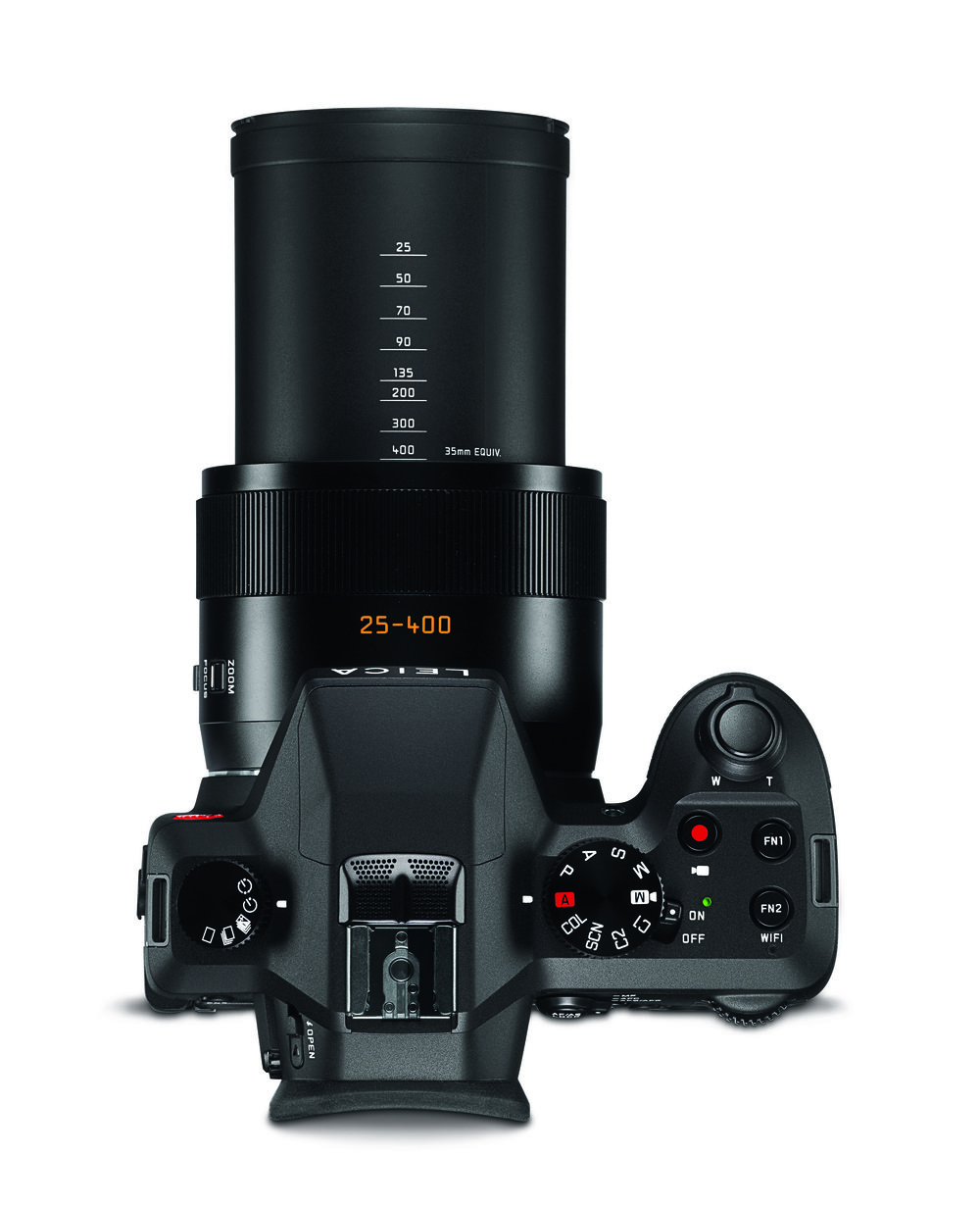
Incidentally, although the Leica is highlighted in the table and in the text, we’re not ignoring the fact that the equivalent Panasonic FZ1000 does the same job and can be had for a bargain-basement £549. That’s real bang for your buck. And while you’re looking at Panasonic, the new FZ2000, which hasn’t yet percolated through to Leica (it might not), offers a longer reach of 480mm at a cost of £1,089. That’s not all that short of John’s ideal of 600mm. It’s possible to argue in favour of the V-Lux, FZ1000 or FZ2000 in the same way that Douglas argues for micro four-thirds against full frame.
All this is confusing, I readily admit. We are lucky to have a great deal of choice on the modern camera market.
Many will be happy with a bridge camera — no faffing around with interchangeable lenses and one relatively light unit to pack for all occasions.
Others want a system camera and have to take into account the sort of lenses they would want, calculating the cost and weight as John Batten has done. Along the way we all read opinion and we form our views accordingly.
Me, decide?
Don’t expect me to make your decision for you. I have enough difficulties making up my own mind. I wouldn’t try to make a sweeping statement that one system — whether it be one-inch, m4/3, APS-C or full-frame — is best or the only choice; there are always reservations. You have to weigh up all the considerations, not least of which being what you want to do with the results of your photography, your budget and how much weight you are prepared to lug around.
I’ll leave the last word to Douglas Pinder:
“Can we focus on photography instead of the size of the camera I shoot with?”
It is a point I see often, usually as part of a complaint about gear reviews versus actual photographs. Some people hate gear reviews and, of course, they have the option not to read them. But, for many of us, reading about cameras and equipment is a fascinating pastime. It doesn’t mean we don’t use our cameras, just that we are interested in the means of getting to the end result.
_______________

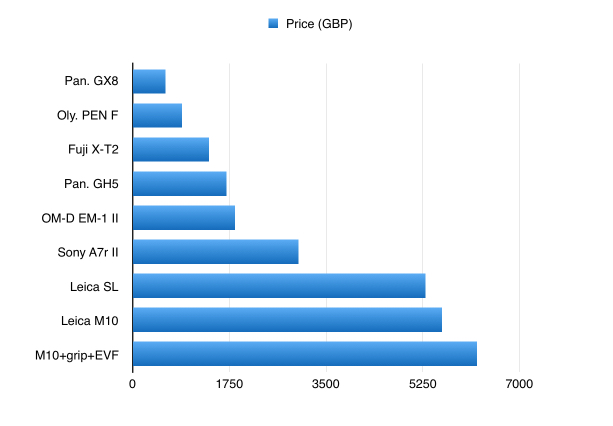
Thanks Mike.
As you know my XT-2 shares my street photography with a Leica V-Lux (AKA FZ1000 with Leica tweaks). If I was forced to lose one it would be the X-T2. I would lose the sheer power and sophistication of the X-T2 and its extra features, but I would have to start investing in a series of expensive lenses to match the abilities of the versatile Leica. And in terms of the slightly slower speed of capture and the clarity and size of images, the gap between them is not so huge as to be debilitating either.
In the end it is my ability to ‘see’ and then capture good images that remains the most decisive part of my street practice.
Not that I would turn down a Leica SL if one were offered to me, although I suspect i would need a wheeled golf cart to carry it around.
Photography has always been about compromise and probably always will be, and so whatever any of us use to actually capture what our eyes originally saw maybe it would always be wise to remember that it is actually the end product and its intended use that matters.
You might be interested in the recent article (with some excellent photos) by Dave Fieldhouse that addresses this question of a tradeoff between weight and sensor size. He downsized from a Canon 5d iii to a Fuji X-T2. The link is here:
http://www.davefieldhousephotography.com/blog/2017/2/a-solution-that-caused-a-problem
Keith
Thanks, Keith, I’ll take a look and will also pass this on to Bill Palmer, our Fuji guy. In any case, you raise an interesting aspect which I didn’t cover adequately in the article. I see full-frame and APS-C (particularly in the case of the Fuji X series) as a one or the other choice.
These days there isn’t that much to choose between the two and I know that many photographers, including Bill, use Fuji as their main camera to the exclusion of full frame. They don’t feel they are
Missing anything.
Micro four-thirds, on the other had, is something that complements full frame. In my case I changed from Fuji to M4/3 because I already had full-frame and felt Fuji was too close. The combination of full-frame and M4/3 offers a lot of choices, particularly on weight. If I wanted just one system I would probably settle on Fuji as offering the best compromise.
I am scratching my head trying to make sense of the above. I don’t know the context of the Douglas Pinder remark, but I have not a care in the world about the size of the camera he shoots with, but I do care about the size of the camera I shoot with. I find that, as I get older, a smaller (both in weight and physical size) camera/system suits me best. There are also subjective handling aspects which are not related to size and weight, such as dials, buttons and top plate layout which are also important. Also important is IQ which, in truth, is largely a subjective matter. One either likes the output from a digital camera or one does not.
As for John Batten’s table it strikes me as being very selective. For example, a 600mm f4 is a very specific tool needed by only a small group of photographers. Don’t worry about the coinage, I can handle the ‘£s’ (I have residual memories of £s being used in my country) but not the ‘lbs’.
I’ll go on scratching my head, but then I already know what suits me.
Thanks for all of the information.
William